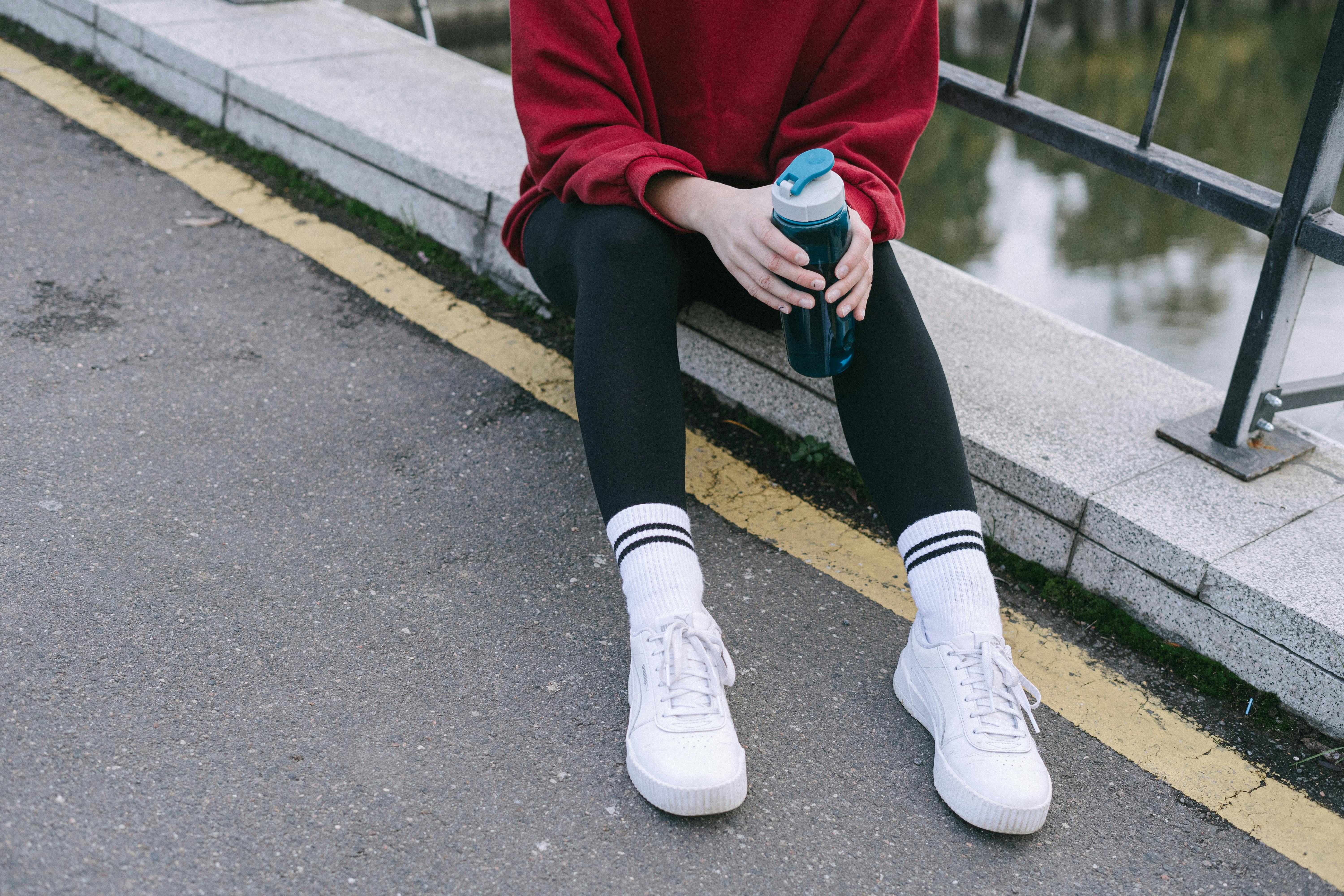Maybe there are just a few other health conditions that are just as embarrassing as having “cum” or diarrhea. Loose bowel movements always spell disaster for people, especially those who are not in the comfort of their homes for long periods of time. Diarrhea is especially annoying when you’re on a bus or subway and you feel something wet and wild itching to get out of your system in the most embarrassing way possible.
However, the severe and acute form of diarrhea is one of the common causes of death of children in developing countries. About two million deaths are attributed to it each year. Diarrhea is also one of the leading causes of infant death worldwide.
Diarrhea is the movement of loose stools. People with diarrhea normally excrete stool more than three or four times a day, eliminating more than a quarter of the waste products. Diarrhea is mainly caused by a viral infection, bacteria or parasites. Rotavirus infections, for example, hospitalize about 55,000 children in the United States alone. Other diseases such as botulism, cholera or dysentery have diarrhea as a symptom. This is why it is always important to monitor your condition whenever your diarrhea lasts longer than usual; diarrhea that lasts more than three or four days is already a cause for concern.
Diarrhea is usually accompanied by cramps, abdominal pain, nausea, or bloating. Depending on the cause of the diarrhea, a person may also have blood in the stool or have a fever. While diarrhea usually goes away on its own after the bacteria or cause has been eliminated from the body, there are several things you can do to get rid of it or at least ease the discomfort it causes.
Drink plenty of fluids and electrolytes. Since you will mostly be excreting a lot of fluids, you are at risk of dehydration. Dehydration is the main reason children and infants are particularly at risk when suffering from diarrhoea; they’re losing too much water and electrolytes, so their body can’t function properly (electrolytes are the minerals and salts that affect muscle activity, water levels, and other important body functions). Drinking plenty of water frequently balances fluid loss.
Since water does not have electrolytes, the next option is to get them from somewhere else. Electrolyte levels can be increased by consuming broths and soups that contain sodium and fruits and vegetables that contain potassium. Children can also benefit from over-the-counter rehydration products like Ceralyte and Infalyte.
For adults, drinking Gatorade will help replenish lost electrolytes and fluids.
Eliminate certain foods from your diet. There are certain foods that actually exacerbate your diarrhea problem. If you have diarrhea, it is recommended that you stay away from the following:
* milk and other products of daily use such as cheese or ice cream
* fatty foods or foods that are high in fat, such as fried foods
* high-fiber foods like whole wheat, black beans, and peas
* sweet foods like cakes and cookies
* The spicy food
Dairy products and milk are very difficult to digest when you have diarrhea. The same goes for high-fat foods. Fiber, while normally helpful to the human body, is not helpful when suffering from diarrhea. Fiber aids in bowel movement, keeping food moving through the intestines (which is why fiber is recommended when suffering from constipation, the exact opposite of diarrhea). When you have a condition that causes your bowel movements to accelerate, fiber only exacerbates the excretion of the intestines, including fluids and electrolytes. Spicy foods, on the other hand, will only irritate the intestinal walls, something you don’t want to happen while you have diarrhea.
Eat yogurt and bananas. Studies have shown that the probiotic agents found in yogurt are effective in cases of antibiotic-associated diarrhea. When you have diarrhea, along with the fluids and electrolytes you lose, you also lose some of the good bacteria in your digestive tract. Yogurt containing active cultures replenishes the good bacteria. However, keep in mind that you can’t buy just any cheap yogurt you can find on the market. The yogurt you need is one that contains active cultures like Lactobacillus acidophilus or Streptococcus thermophilus. If you can’t find any yogurt that contains active cultures, you can ask your doctor if he or she can prescribe a probiotic agent instead.
Bananas normalize the colonic function of the large intestine by absorbing a large amount of water to help ensure proper bowel movement. They also have the useful ability to change harmful bacteria in the gut to the more helpful acidophilic bacilli.
Start with low-fiber, semi-solid foods. Once your diarrhea begins to ease, start eating low-fiber foods and foods that are easily digested. Chicken noodles, crackers, and rice will help you feel better after your bout of diarrhea. Do not start eating dairy products and fatty and high-fat foods until after you have fully recovered.
You can take medications that help control diarrhea, such as Imodium or Pepto Bismol. However, if your diarrhea is diagnosed as bacterial, it’s almost always best to let it run its course. Remember that diarrhea itself is not a disease; it is the body’s way of eliminating any toxins or bacteria found in its digestive system. Taking medication can prevent the body from doing its natural function. In such cases, it is always good to consult your doctor first.
If your diarrhea lasts more than three days, seek a doctor’s opinion. Something may be wrong. Diarrhea shouldn’t last that long, no matter what infection caused it in the first place. In cases like these, diarrhea can be a symptom of something more serious, such as appendicitis or any other intestinal or digestive problem.
